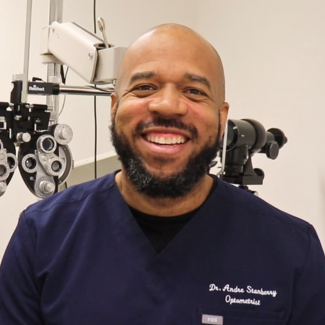What is glaucoma?
Glaucoma is an eye disease in which the optic nerve – the connection between the eye and brain – gradually atrophies, which means fibres there die. It’s called “the silent thief of sight” because irreversible damage can occur before there are noticeable symptoms. One of the most common causes of blindness worldwide, glaucoma usually affects both eyes, though it can be worse in one eye than the other.
By far the most common type of glaucoma is open-angle glaucoma, which means the mesh-like drainage structures where the fluid in the eye drains appear open, but the fluid is draining too slowly, or because the eye is producing fluid faster than it can be drained. This type of glaucoma usually progresses slowly.
Angle-closure glaucoma, also called closed-angle glaucoma, occurs when the eye’s drainage system becomes fully or near-fully blocked. If this happens suddenly, it’s called acute angle-closure glaucoma and is a medical emergency. Intermittent or chronic angle-closure glaucoma, where the eye’s drainage system regularly becomes partially blocked for short or long periods, needs prompt attention but isn’t an emergency.
Learn more from Dr. Andre Stanberry.
